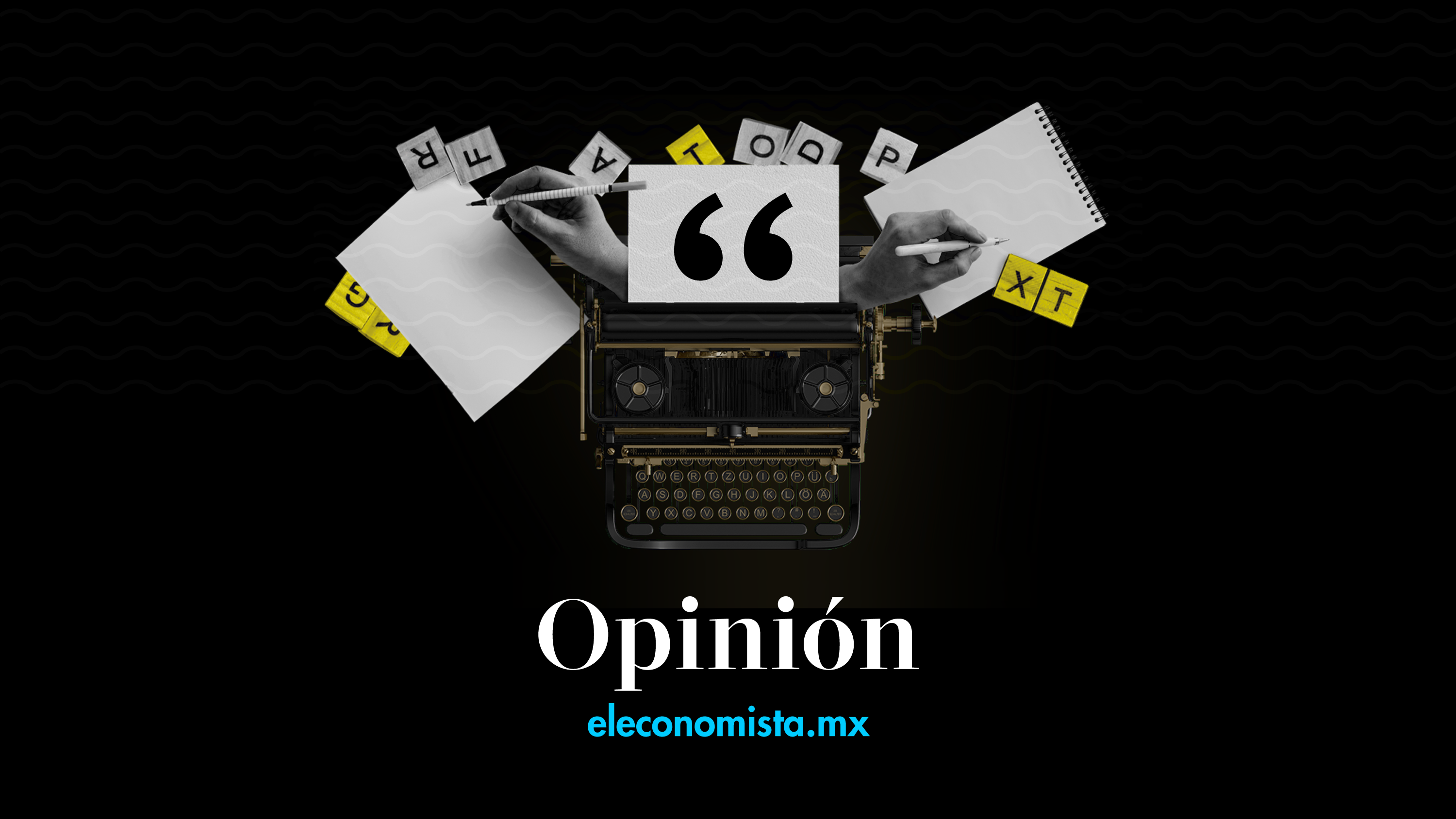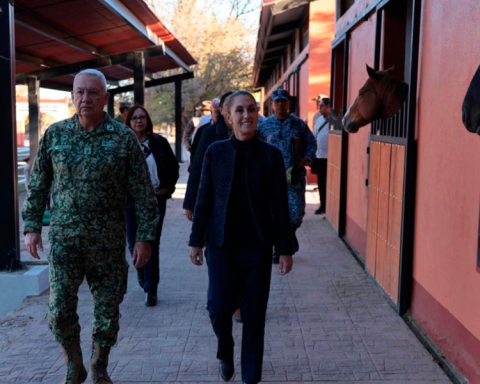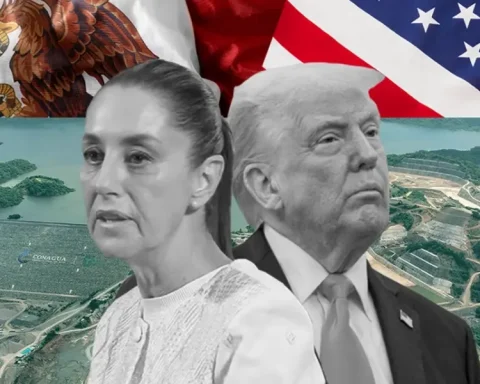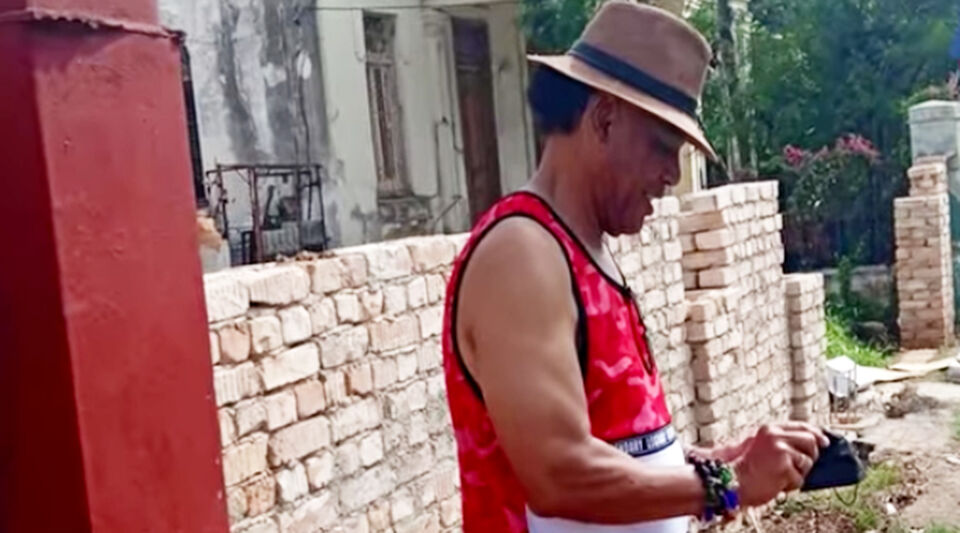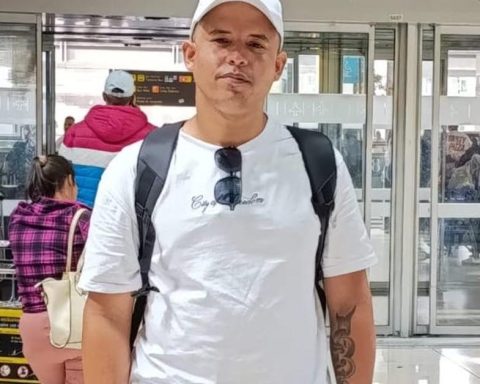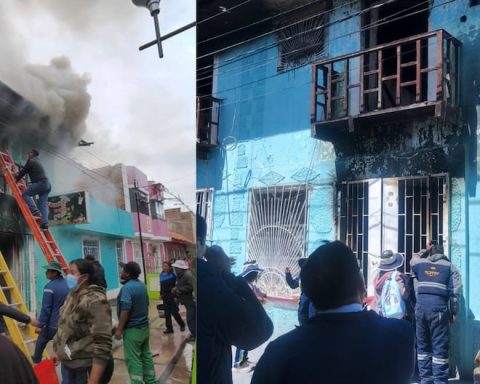The strategy designed by López Obrador’s political operators consisted of using the State apparatus to make people participate…
In a timely manner, the INE announced the participation rate in the revocation of President López Obrador’s mandate. It reached 17.6%, more than 10 points above that registered in August 2021 in the consultation to bring former presidents to trial. In times of diminishing expectations for Q4, it seems quite an achievement. However, the participation rate in Sunday’s “ratification” consultation was less than half of that reached in the 2003 legislative elections —41.3 percent—, the lowest since the creation of the IFE.
President López Obrador and his political operators knew that the relevant figure would be the participation rate, not the percentage of those who voted for “let AMLO continue.” There is something strange when the head of the Executive Power promotes his own recall referendum. Of course, he did not seek to be removed from office, but to come out stronger. He wanted a fresh electoral mandate, facing the second half of his government.
He had a problem ahead of him. People had to be brought out to vote. The experience of the consultation to bring former presidents to trial had been disastrous. Likewise, all the evidence on electoral behavior showed that in order to arouse the interest of voters, it had to be clear what was at stake at the polls. And with the revocation of President López Obrador’s mandate, it was very difficult to see it. A campaign for him to remain in office was meaningless in the absence of an opposition movement calling for him to leave.
The strategy designed by López Obrador’s political operators consisted of using the state apparatus to get the people to participate. It mattered little that the Constitution established that the INE had the exclusive power to disseminate the consultation. President López Obrador, the head of government of CDMX and the governors of Morena organized events, held press conferences and used their accounts on social networks to position the recall process.
Nor did it matter that the Constitution prohibited the use of public resources by any of the parties to the consultation. We saw the Secretary of the Interior and other federal government officials in videos use the air force planes to travel to events in favor of the ratification of López Obrador in the presidency of the Republic.
Nor did it seem to matter the duty of neutrality that the Constitution imposes on public servants during revocation processes. The governors of Morena, the head of the CDMX government and federal government officials put their loyalty to President López Obrador first. They used the resources of social communication to praise the virtues of the Tabasco politician.
The most worrying part was the propaganda in favor of López Obrador on public roads. It was deployed throughout the national territory and we still do not know who paid for it. In CDMX, the money came from companies that have contracts with the government. The INE discovered it when conducting investigations related to complaints filed during the process of revoking the mandate by the opposition. The same pattern is likely to be found in other parts of the country. What we will hardly know is what they were offered in return. But the signs of electoral corruption (contribution contracts) are everywhere.
Voting day was a day of transporting voters to the polls. “Giving a ride is not a crime,” said Mario Delgado, president of Morena, as he led a group of voters in a van. The law, which he himself voted for as a PRD senator, provides otherwise. The political operators of President López Obrador prevented the fiasco of last year’s consultation from being repeated, but at the cost of removing any semblance of legality from the recall process.
*Professor at CIDE.
Twitter: @BenitoNacif
Teacher
particular vote
Dr. Benito Nacif is a professor in the Political Studies Division of the Center for Economic Research and Teaching (CIDE). He was Electoral Counselor of the National Electoral Institute (INE) from 2014 to 2020 and of the Federal Electoral Institute (IFE) from 2008 to 2014.
